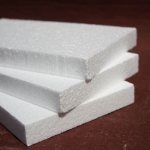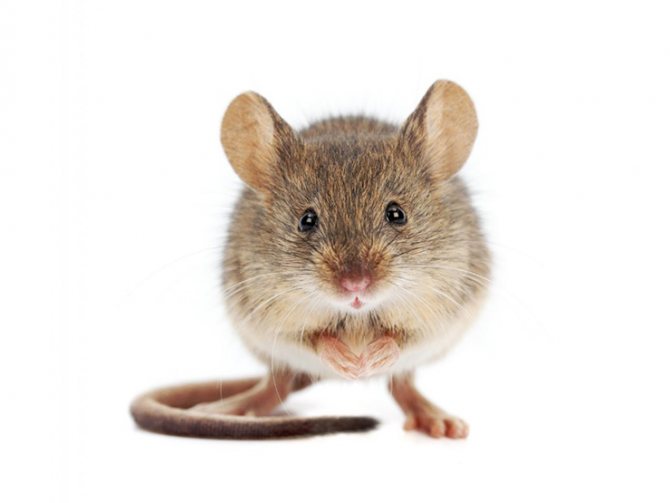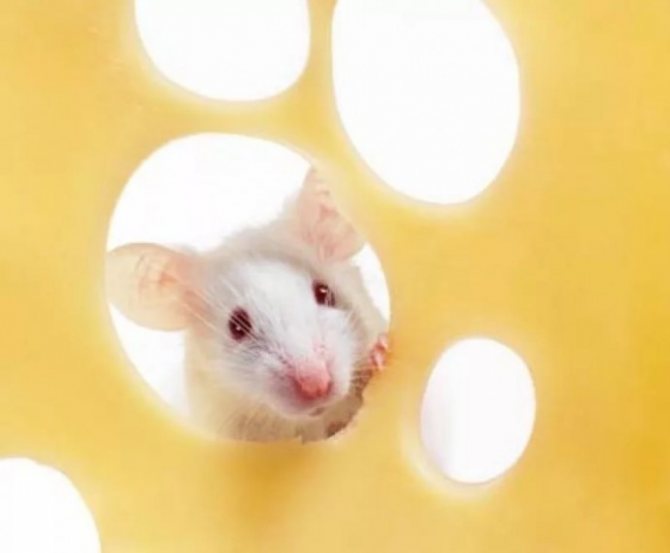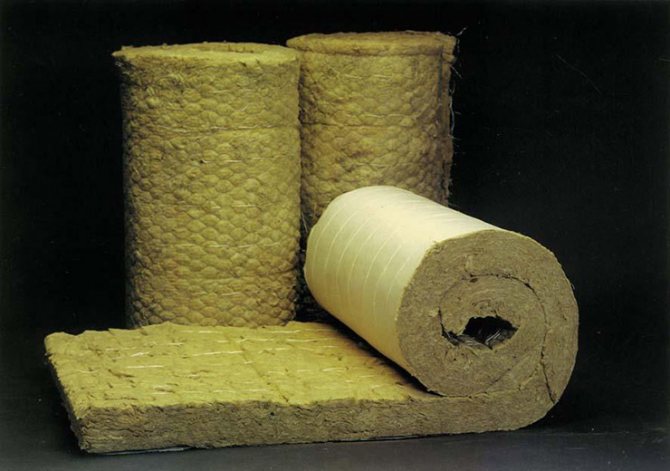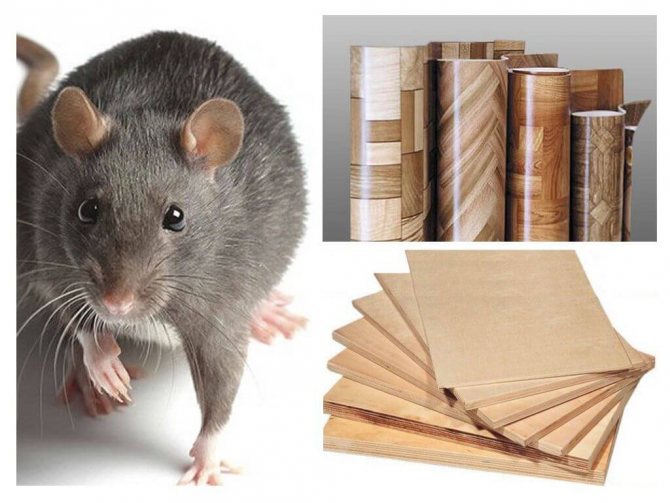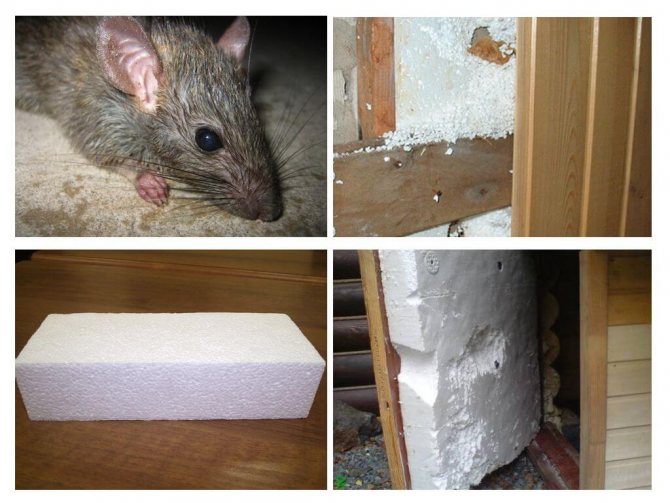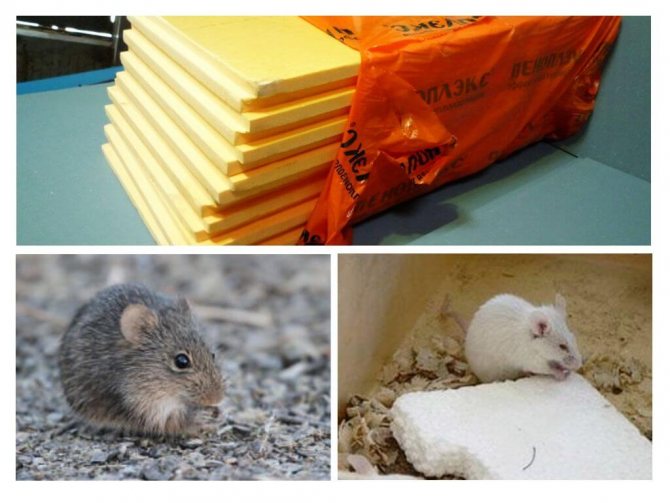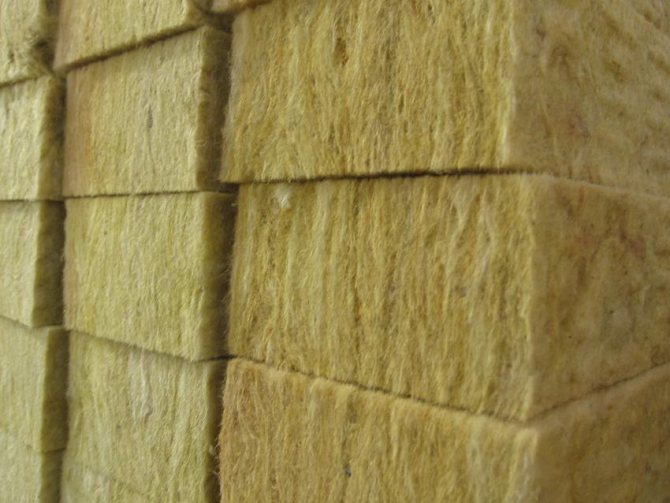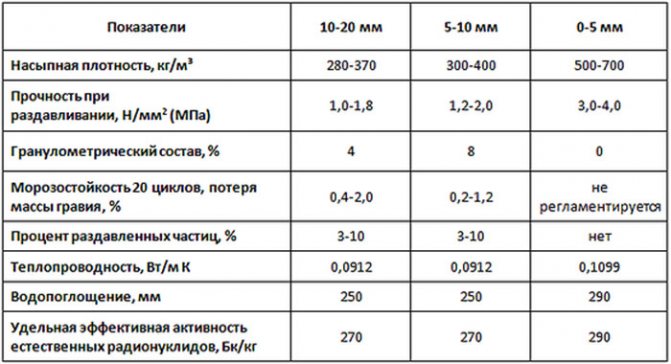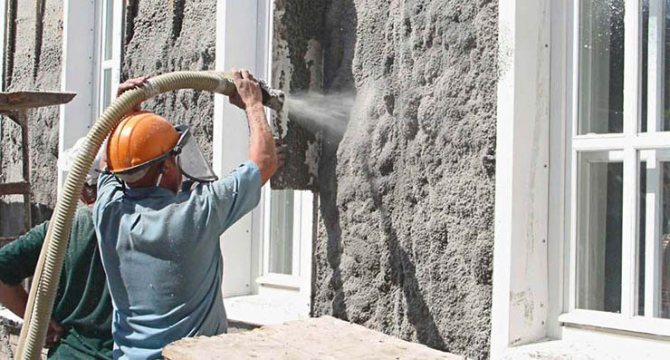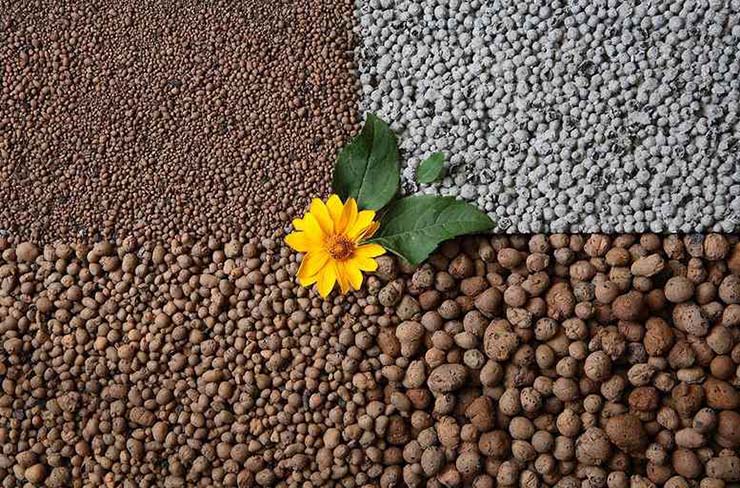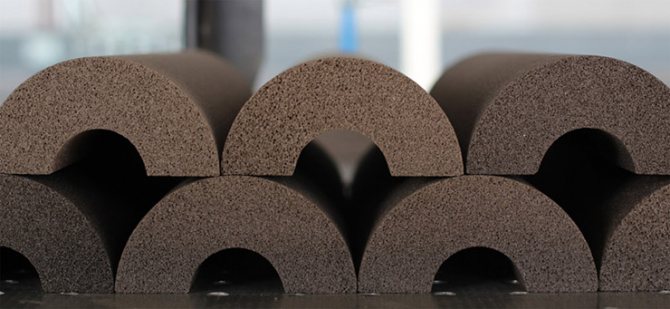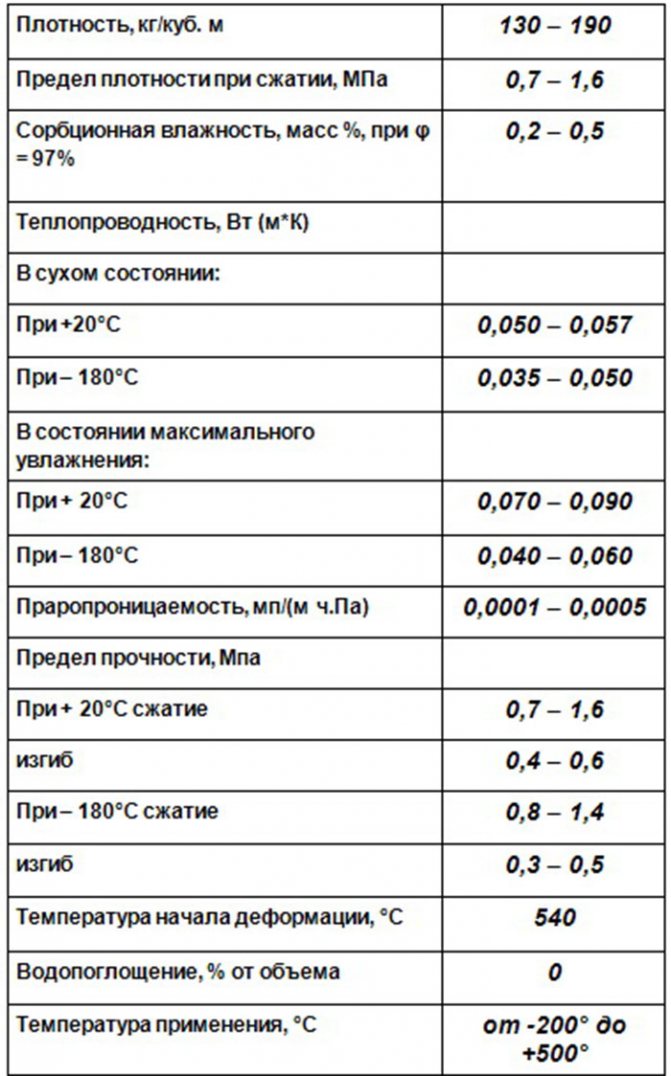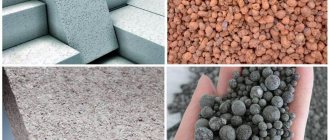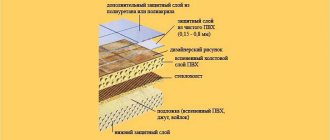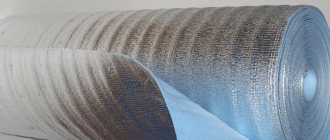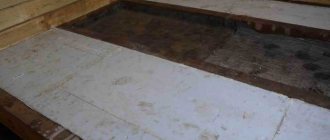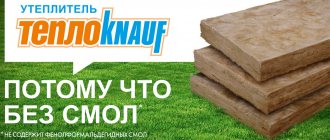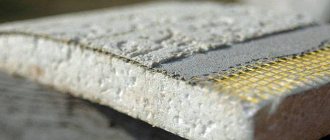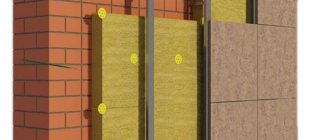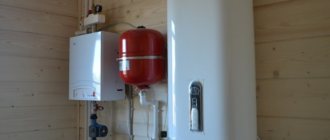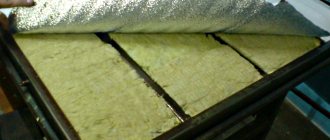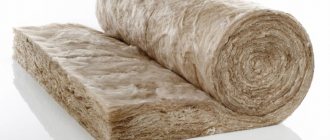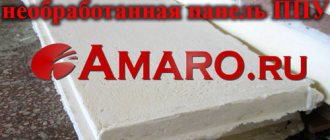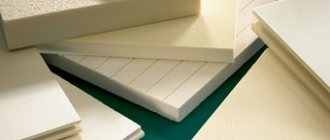What insulation do mice and rats prefer?
The favorite materials for rodents are those that are suitable for creating nests and are easily crushed, which is not an obstacle to entering the house. They allow them to sharpen their incisors as they grow throughout life and need to be ground regularly.
Pests do not consider any insulation material as food. They gnaw not because they want to satisfy their hunger, but only to eliminate the obstacle on the way to food and vegetables in the room.
Volatile materials
The love of pests for insulation is fully justified. This type of material is suitable for arranging nests and passages in it.
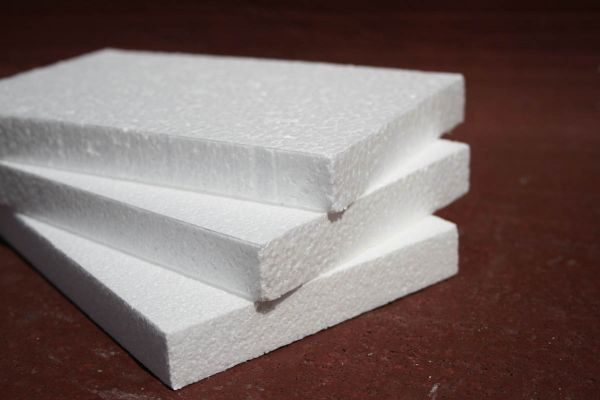
The main types of unstable thermal insulation layer:
- Styrofoam. Available and demanded insulation in the form of separate plates, with a low level of thermal conductivity. For the teeth of mice and rats, it does not represent a serious obstacle. They instantly damage its integrity and arrange inside not only nests, but also whole labyrinths of moves.
- Glass wool. Not as attractive as the previous one, but still does not rot, retains heat and shape, and is characterized by good ventilation. The irritating effect of glass wool is not capable of scaring these animals away.
- Penoplex. It is characterized by a denser structure than polystyrene, as it is highly resistant to moisture. They are used for insulating attics and basements. But its properties do not prevent the invasion of mice and rats. Over time, nests, passages, manholes and labyrinths of animals will appear in it.
- Foamed polyethylene. Its basis is foamed cellophane, covered with aluminum foil on both sides. Prized for its moisture resistance. It is used to insulate interior walls. Not able to resist pests.
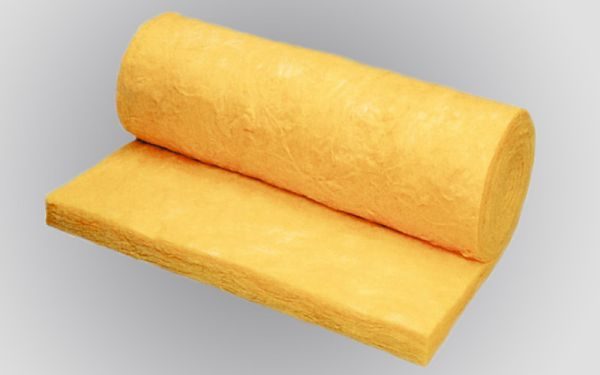

Option number 2. Expanded clay
Speaking about what kind of insulation mice do not eat, one cannot fail to mention expanded clay. This heat insulator has been popular for many years due to its reliability and many other advantages - it not only protects the house from the cold, but also effectively absorbs noise; expanded clay does not burn and, more importantly, mice do not settle in it.
In the manufacture of this material, special types of clay are used - it is cleaned, thoroughly wiped and kneaded, so that as a result an elastic solution is obtained. After that, granules are made from the solution, which are hardened at an appropriate temperature (the mass should swell in this case). The cooled material is lightweight, but at the same time it is durable - it is able to withstand enormous mechanical stress. The sizes of expanded clay fractions can be different. These can be the sizes of sand, fine and medium-gravel gravel, in addition, there are also larger granules (sizes from 1 to 2.5 centimeters).
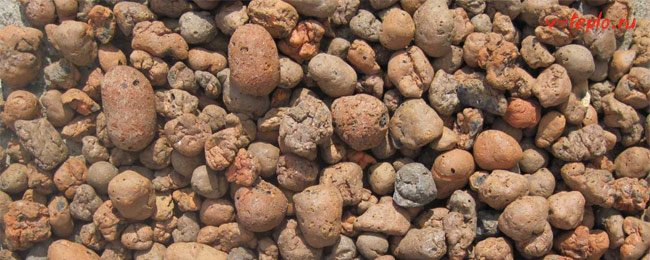

Mice are unlikely to want to live in any of the listed materials. And even if they still somehow manage to move in large fractions, they will simply drown in a small insulation. Moreover, pests cannot live in expanded clay, because there is little air, but there are a lot of miniature particles that can clog the respiratory system. Finally, it is also impossible to gnaw such a heater (figuratively speaking, it is too tough for mice), therefore, there is simply nothing for animals to do in a house where potential danger is threatened.
Expanded clay can be used to insulate attics, interfloor ceilings and cellars, but it is also often used to insulate walls.
- For this purpose, next to the wall (from the inside or outside), a kind of formwork of the required thickness is constructed, into which the heat insulator is poured. What is characteristic, even without compaction, the material tightly fills all the voids present.
- The wooden floor is insulated as follows. A vapor barrier is laid on top of the rough base, fixed on the logs. A layer of expanded clay is poured on top, then the second layer of vapor barrier is laid. Then the finishing floor is laid, which can be made of both plywood and boards.
- Moreover, the material can be used in a bulk floor under a "dry screed" (here it will not only be a thermal and sound insulator, but also a basis for installing gypsum fiber panels). What is typical, when installing such a floor, the insulation can be poured directly onto the ground.
Note! Before that, the surface must be covered with a waterproofing material. It is important that the waterproofing is raised by 150-200 millimeters. A damper tape is fixed around the perimeter and only after that the heat insulator is filled up.
On a layer of expanded clay, leveled by means of temporary beacons, gypsum fiber boards are laid, thus forming a hard surface. And if you still do not know what kind of insulation mice do not eat, then we answer: expanded clay. By the way, the interfloor floors should also be filled with insulation, since rodents can penetrate there too.
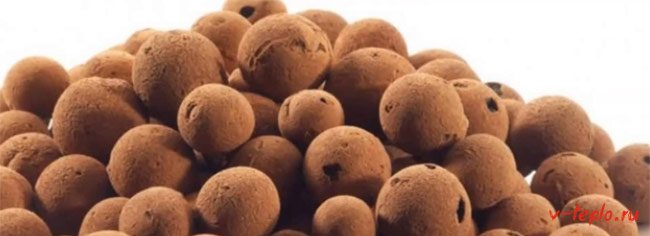

Calculation of the thickness of the insulation
Earlier we talked about how to correctly calculate the thickness of the insulation, in addition to this article, we advise you to read this information, read about it here
What kind of insulation mice do not gnaw
Pests easily damage materials with a low level of density and having a fibrous structure. To maintain the integrity of the thermal insulation, it must be dense, rigid and, if possible, have a surface protective layer.
Not to the liking of rats and mice are also insulation, consisting of porous substances enclosed in a dense shell. Rodents are able to gnaw a hole in them, but they will not settle down. It will not be difficult to restore thermal insulation.
Sustainable materials overview
There are several types of insulation that mice cannot gnaw. To avoid the cost of restoring thermal insulation, you need to choose materials that are resistant to damage.
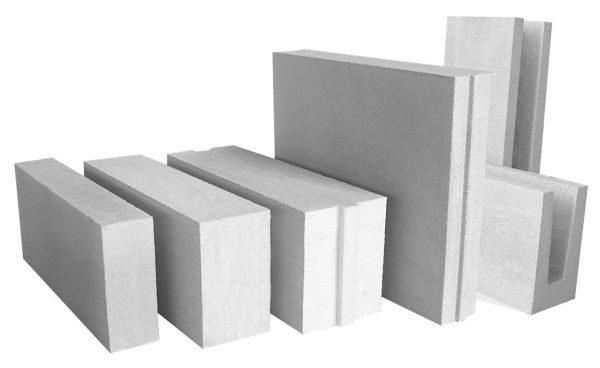

The main types of insulation that can withstand the invasion of pests:
- Foam concrete. Differs in a cellular free-flowing structure, in its characteristics it resembles aerated concrete. The basis is sand, water, cement, foaming agent. During construction, block cavities are filled with them. The specific gravity is significantly less than that of concrete.
- Foam glass. Expensive material with a guaranteed service life of 100 years. It is based on waste glass foamed with a carbon mixture. The finished structure consists of tightly fitting cells.
- Expanded clay. It is a round porous fraction obtained by firing clay. It is used for thermal insulation of roofs, foundations and as a filler for dry floor screed. The diameter of expanded clay granules varies from 0.5 to 4.5 cm, movement in them is difficult for rodents.
- Ecowool. An innovative and expensive type based on cellulose fibers. It is applied with a special device, and after hardening, the surface is leveled with a roller. The presence of orthoboric acid in the composition causes suffocation and dehydration in rodents.
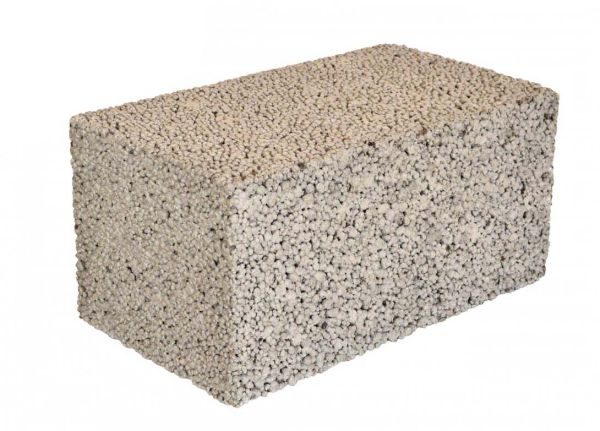

Protection
If you can't afford solid insulators, take steps to protect the insulation from rodents. When insulating with materials from natural raw materials, give preference to balls, which are immediately concreted. The concrete will protect the foam or straw from the teeth of the mice.
Give preference to strip foundations - it will be difficult for rodents to overcome it.And put any loose insulation and broken glass under the floor of the first floor. It is important to adhere to the technology of laying the heat insulator. Gross violations of the stages of work will lead to the appearance of gaps, which mice will certainly take advantage of.
If problems arise already during operation, additional measures will have to be taken. There are several main ways to control rodents:
- laying ecowool in floor slabs - it is 80% wood pulp and 20% borax, becoming an antiseptic, mice do not eat it;
- spray blocks with a solution of lime and borax;
- adding slag, tobacco dust, ash, mint, wormwood and pine branches to the insulation;
- the use of metal nets in places where rodents can enter - for example, in the floor;
- the use of a monolithic reinforced concrete slab as a foundation.
When planning construction, it is worth wrapping the building with a metal lattice (cells 5 by 5 mm). But sometimes rodents gnaw through a mesh with a wire thickness of 1.5 mm.
When the mice have already started
When the mice have already started up, you can do the following. The first method is the use of "expanded clay" castle by firing low-melting clay. A 30 cm layer of expanded clay is laid out on the ground, which is covered on top with a plastic wrap, two layers of OSB-3. A laminate is laid on top of these layers. This method is very effective. Also, a 10 cm layer of expanded clay is placed between the main and subfloor.
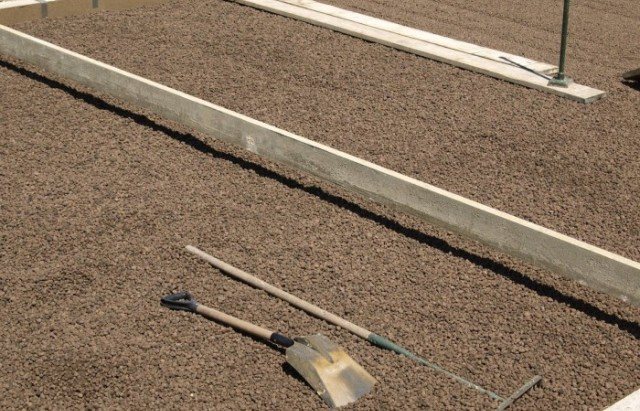

Acoustic devices will also be effective, especially those imitating the sounds of animals and birds of prey feeding on mice. And if none of the above helps, get a cat-mousetrap.
Now you know which insulator is not gnawed by mice - this is penoizol. All other materials have protective equipment.
How to protect insulation from rats and mice: 4 ways
Pest-resistant materials are expensive, which significantly increases construction costs. Therefore, you can use the usual types of thermal insulation for warming, but take care of additional protection from the invasion of pests in advance.
What will help protect your home from uninvited guests:
- Basement profile. It is a metal strip that needs to be mounted in the bottom row. A heat-insulating layer is installed on top, so its edge is reliably protected from rodents. This method can withstand moderate pest attacks.
- Metal grid. Installation is carried out over thermal insulation. It is important that the cross-section of the mesh is frequent and small, and the wire diameter is at least 2 mm. This method is reliable for home protection.
- Plastering the heat-insulating surface. Application on top of special facing mortars makes it possible to strengthen the outer layer. After hardening, the finishing surface becomes dense and durable, which is a protective barrier.
- Poison and ultrasonic devices. If holes and labyrinths are found in the insulation, it is necessary to put special chemicals in them, such as "Mortorat", "Rat Death". And to prevent repeated invasions, use special ultrasonic repellents, including them in the most dangerous periods of the year - in autumn and winter.
Rodent-prone materials
Many people, noticing mice on their territory, seek to get rid of unwanted guests. Any methods: traps, chemicals, repellents - will be useless if the upholstery is represented by a material in which the pests are comfortable living. These include mineral wool and foam.
Styrofoam
The tool is distributed to users. It is preferred as insulation only because it is considered affordable. On the one hand, the foam is harmless to humans, fire resistant and durable. On the other hand, rats love to build their holes in just such a heater.Polyfoam is not durable, therefore it is easily deformed under the influence of pests' teeth. In addition, rats and mice love to eat this stuff.
Extruded polystyrene foam and particle board
Insulation is considered beneficial in terms of price, but it is not dense, therefore it is convenient for rodents to penetrate. Getting into the EPPS layers, mice violate its structure, nullifying all the useful properties.
It's important to know: The same fate awaits the particle board. Rats and mice do not feed on the material, but they easily make their moves in it.
Mineral wool
The sound and heat insulator is sold in rolls. The material is characterized by a long service life, strength and mold resistance. Many are interested in the question of whether mice are wound up in mineral wool. The fact is that it has many advantages, for which it is appreciated not only by people, but also by rodents. Mice easily cope with soft insulation, building warm shelters and nests.
Do mice live in stone wool
Basalt insulation consists of thin fibers that are made under the influence of temperature. As a result, the particles solidify to form a dense material. It is often said that such insulation is rodent-resistant, but this is far from the case. Rock wool and mice make a great duet. Pests settle in warm material and survive the winter cold well.
What kind of insulation should not be chosen when the mice have already started up
If pests have already appeared in the house, then you should not use materials that have a light porous structure for insulating a home. It will be a waste of money and effort.
Such materials include:
- penoplex;
- foamed polyethylene;
- Styrofoam;
- expanded polystyrene;
- glass wool.
To use these species, you first need to get rid of the pests, and only then carry out the installation using protective materials.
Insulation with questionable resistance
Pests eat materials with a cellular texture, or make moves to get inside the house. But additional measures can increase protection.
On a note!
Mice are quick to deal with Styrofoam. Foamed PU foam is an exception. Mice do not like insulation because of closed cells, rigidity. One-component foam lends itself easily to mouse teeth.
The controversial situation with fiber insulation. Material manufacturers claim that basalt wool is a reliable protection against rodent penetration, since the hard fibers do not lend themselves to the teeth of mice.
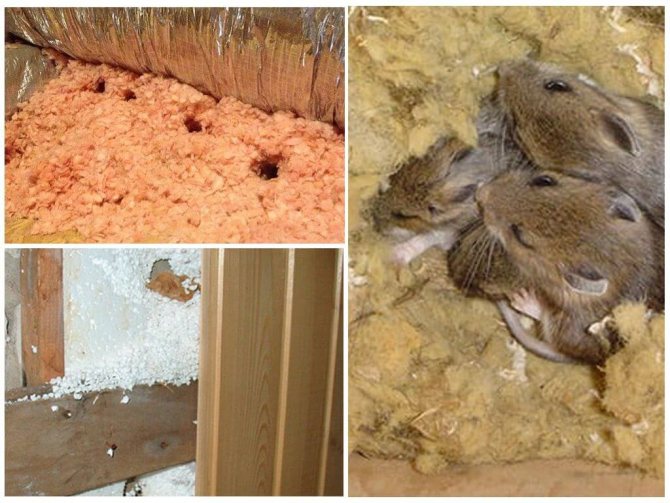

Materials that mice gnaw
Mice in glass wool, according to the manufacturers, do not start, since the fine glass damages the oral apparatus and causes bleeding when it enters the stomach. In practice, the situation looks different. The only option to protect the insulation is to install a metal mesh.

